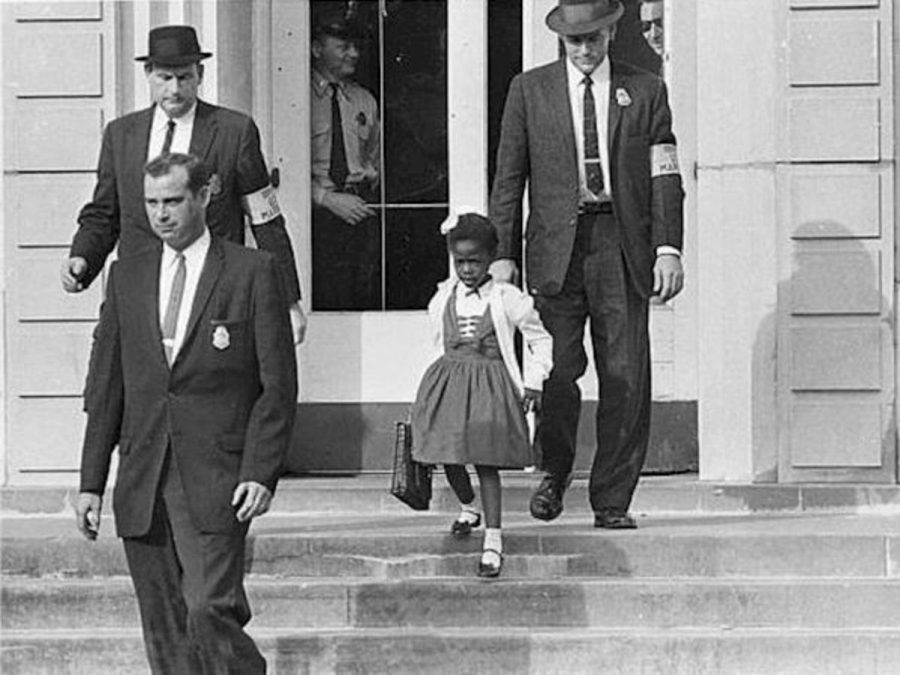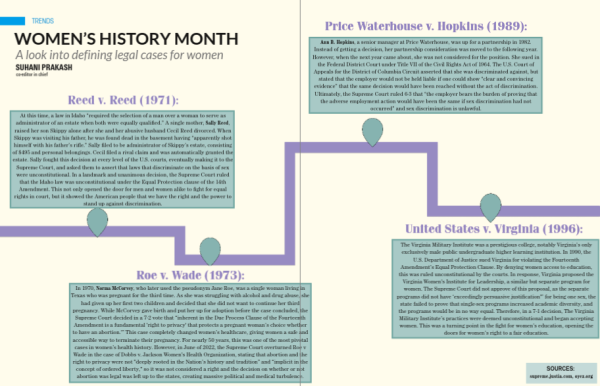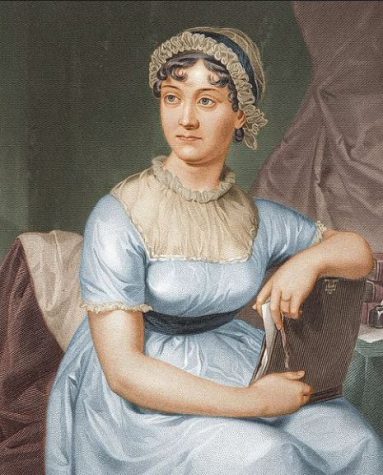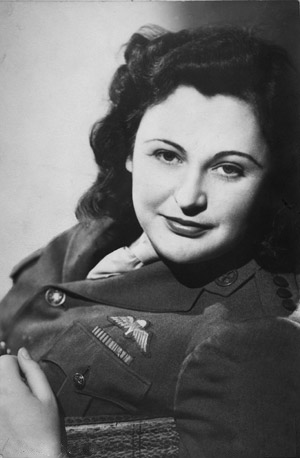Ruby Bridges
By Uncredited DOJ photographer (Via [1]) [Public domain], via Wikimedia Commons
NUMBER ONE. On her first day of school, angry shouts from picketers disturbed the integration process. Ruby, only six- years- old at the time, believed that the people were only celebrating Mardi Gras. “There was a large crowd of people outside of the school. They were throwing things and shouting, and that sort of goes on in New Orleans at Mardi Gras,” said Bridges later in life.
At only six years old, Ruby Bridges became the first African American student to go to a traditionally all-white elementary school in the south, where the clash between segregation and integration was at its height.
When a whites-only New Orleans school finally allowed African American students to take an entrance exam in 1959, Ruby was one of five who passed the challenging exam.
The next year, her attendance of the newly integrated school caused a massive backlash.
In fact, escorted by four federal marshals to McDonough Elementary School every day of her first grade year, Ruby faced severe trials in doing so.
During the school day, only one teacher allowed her into their classroom. Ms. Barbara Henry, a Boston native, taught Ruby one on one when mass disapproval caused parents to pull their children out of the class.
Bridges’ bravery paved the way for future generations of children, breaking the mold of racism and segregation.
Your donation will support the student journalists of Sycamore High School. Your contribution will allow us to purchase equipment and cover our annual website hosting costs.







